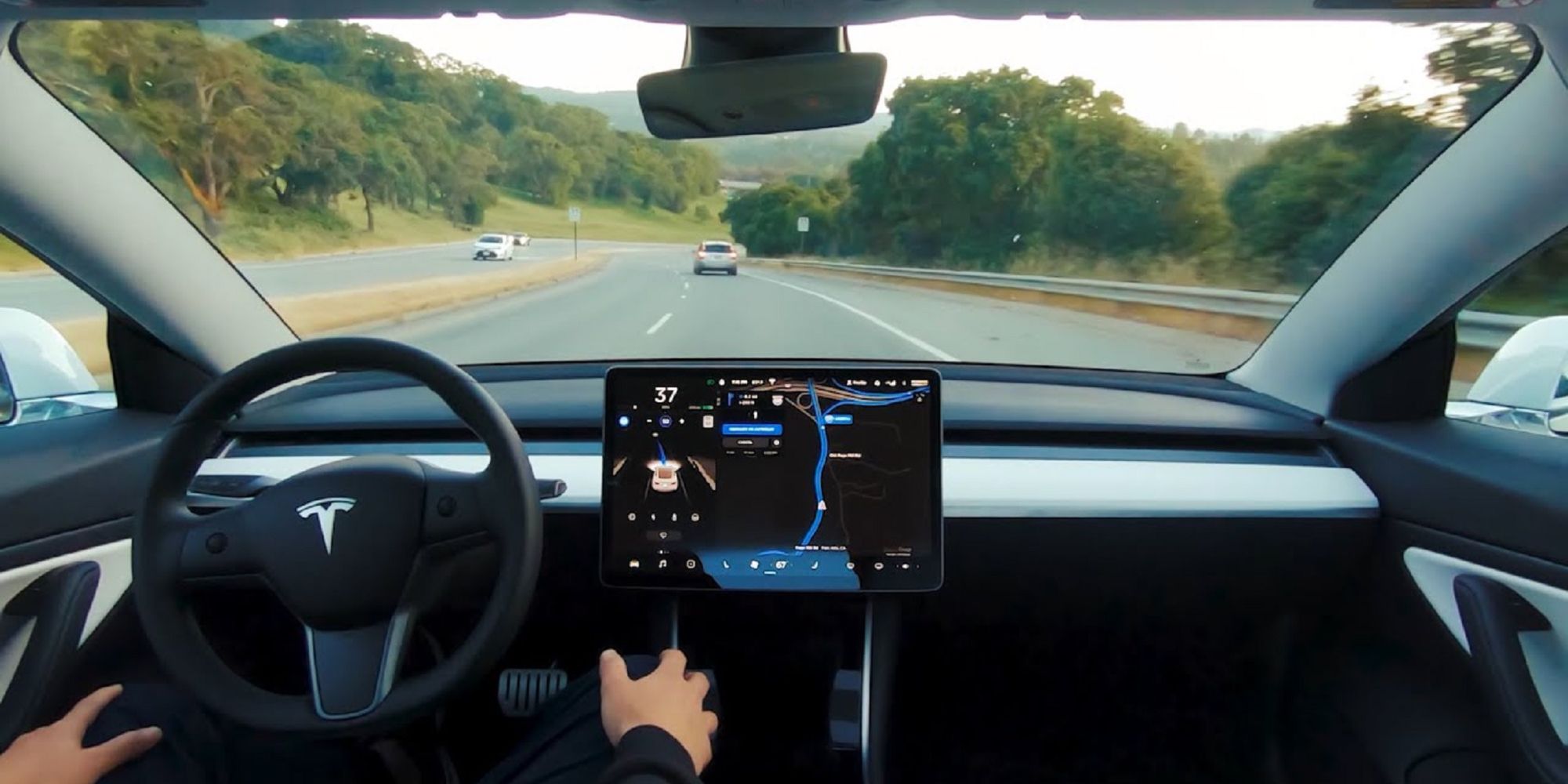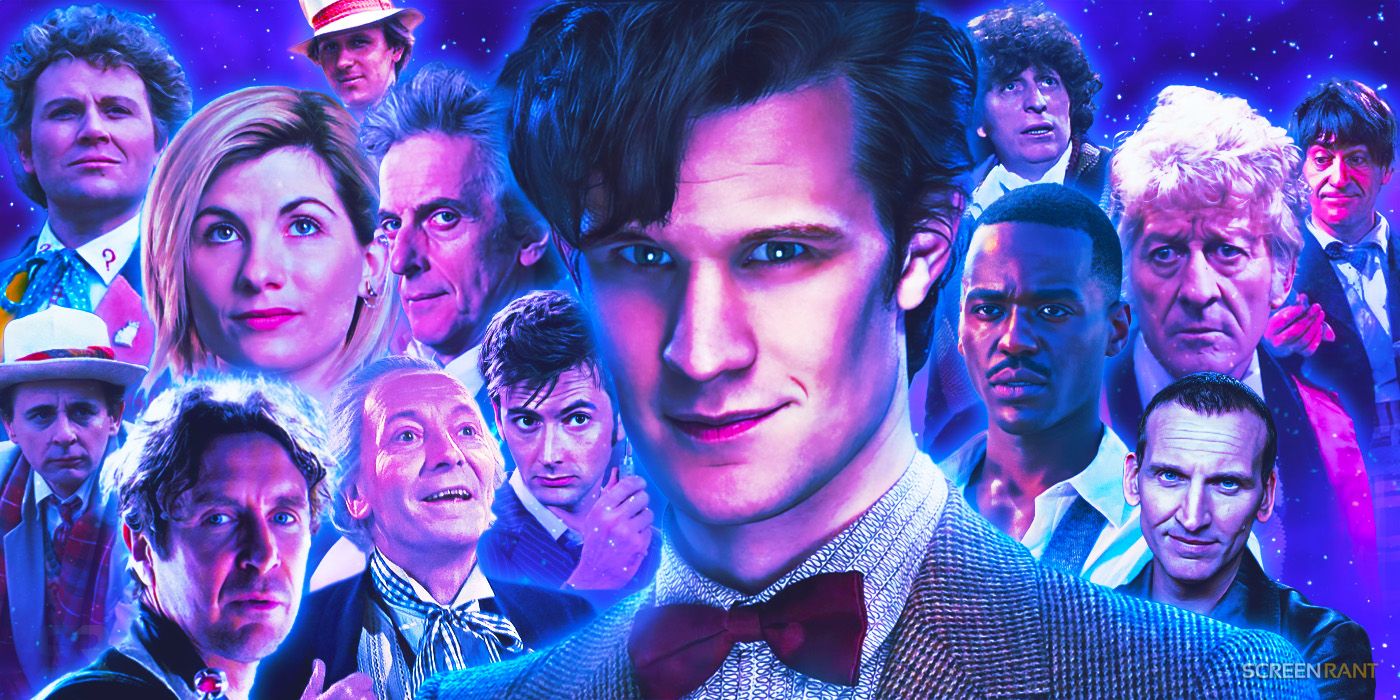A recent Federal Communications Commission (FCC) filing suggests that Tesla might be working on a new “millimeter-wave radar sensor” for its future electric vehicles. Tesla’s CEO, Elon Musk, has been vocal in the past about keeping the company’s vehicles away from LiDAR technology, which essentially measures distances using laser lights to illuminate and identify targets. By the looks of this filing, Tesla may have just found the next best thing.
Tesla’s line of electric vehicles are notable for the many futuristic technologies they employ. The most intriguing of which is the company’s Full Self-Driving technology that provides specific models with the ability to park themselves, keep themselves centered in traffic, and even operate on their own in cruise control. Tesla is still chasing the possibility of a completely self-driving vehicle, though, and this rumored new technology may be a step in that direction.
First spotted by Electrek, Tesla’s FCC document explicitly names the new equipment as a “vehicle millimeter-wave radar sensor.” It doesn’t disclose any other usable details other than the fact that the technology operates in the 60GHz band. The theory, however, is this new technology might play an important role in making Tesla’s goal of full self-driving vehicles a reality. While Tesla has offered compelling demonstrations of a full self-driving experience behind the wheel of one of its vehicles, the technology is considered by many to not be ready for mainstream adoption yet. If vehicle millimeter-wave radar sensors can further improve Tesla vehicles’ ability to maneuver without the need for human interference, then hands-free driving may be closer to existence than ever before.
New Radar Enough To Normalize Full Self-Driving?

Tesla vehicles are not yet allowed to drive without a human in the driver’s seat. This is a safety net in case the company’s Full Self-Driving software falters in any way. That should showcase all anyone needs to know about the current state of the technology. As exciting as it potentially is, there are still major concerns that it isn’t foolproof enough to allow for a futuristic lifestyle, such as relaxing or sleeping during road trips.
Also, it still remains to be seen just how many will put their confidence into the technology featured in electric vehicles. Change is a difficult process for parts of society, especially when it comes to something as integral as operating a vehicle. While there’s not enough information available yet to determine whether or not Tesla’s potential new radar sensor is going to be a game-changer for the world of self-driving cars, it will likely take years before Tesla or any other driver-less transportation is adopted as an accepted part of everyday life.




